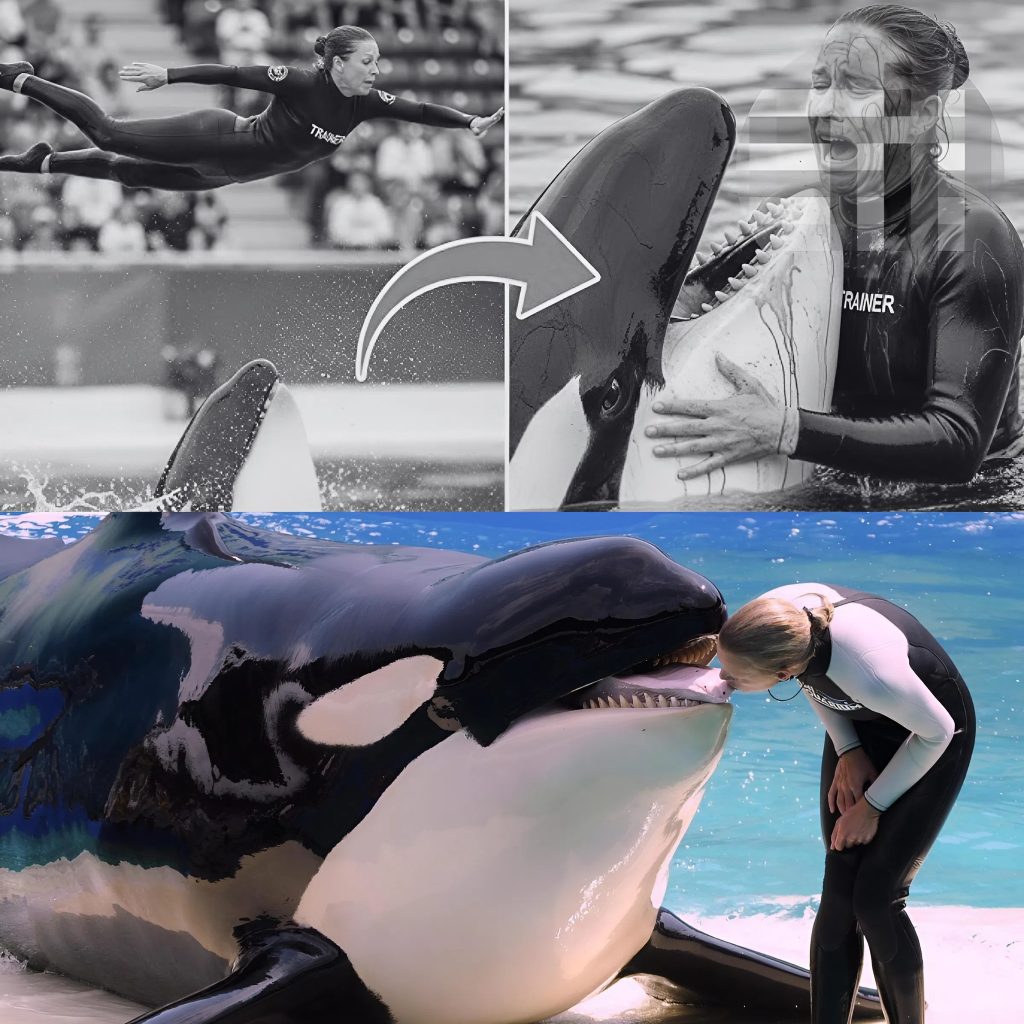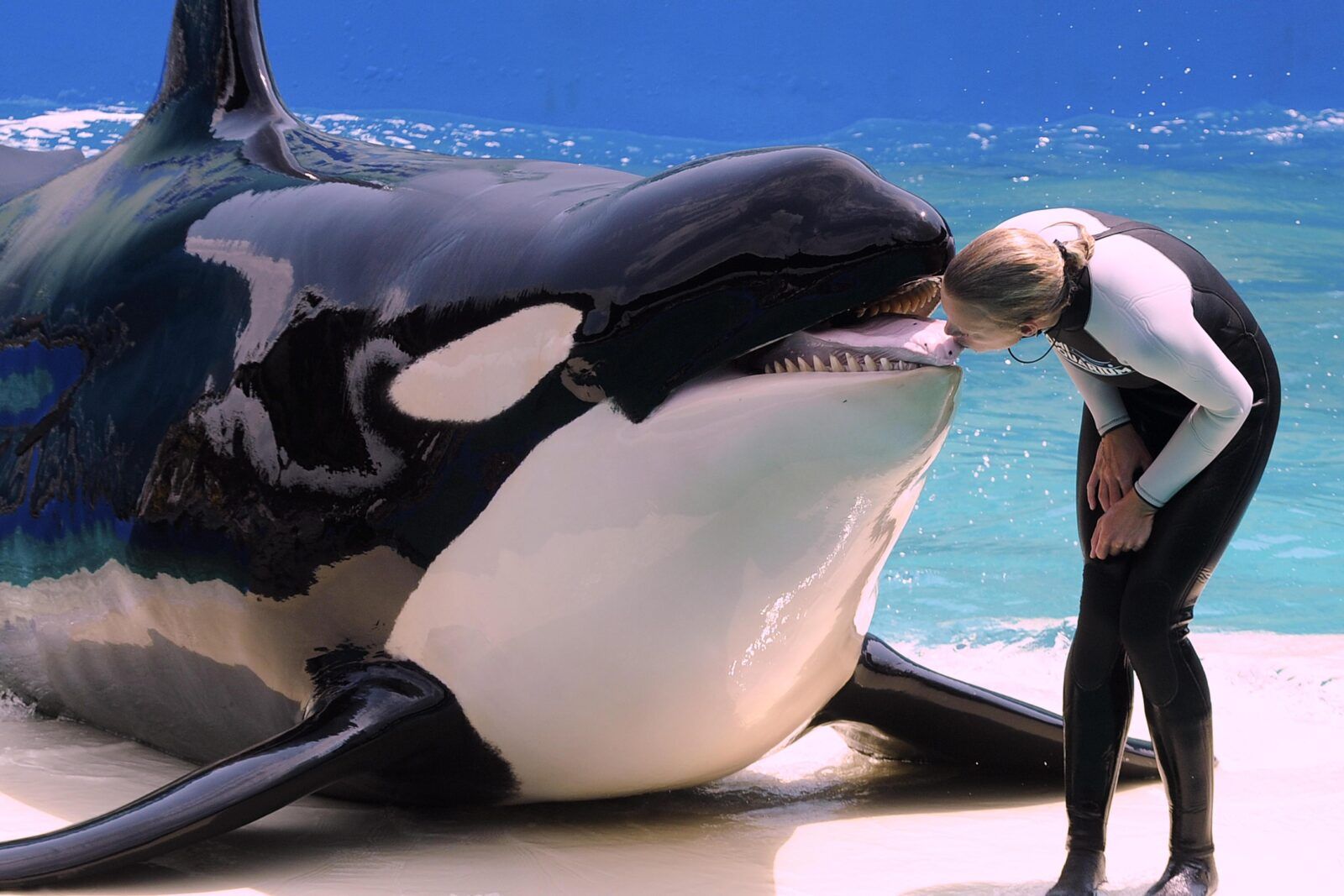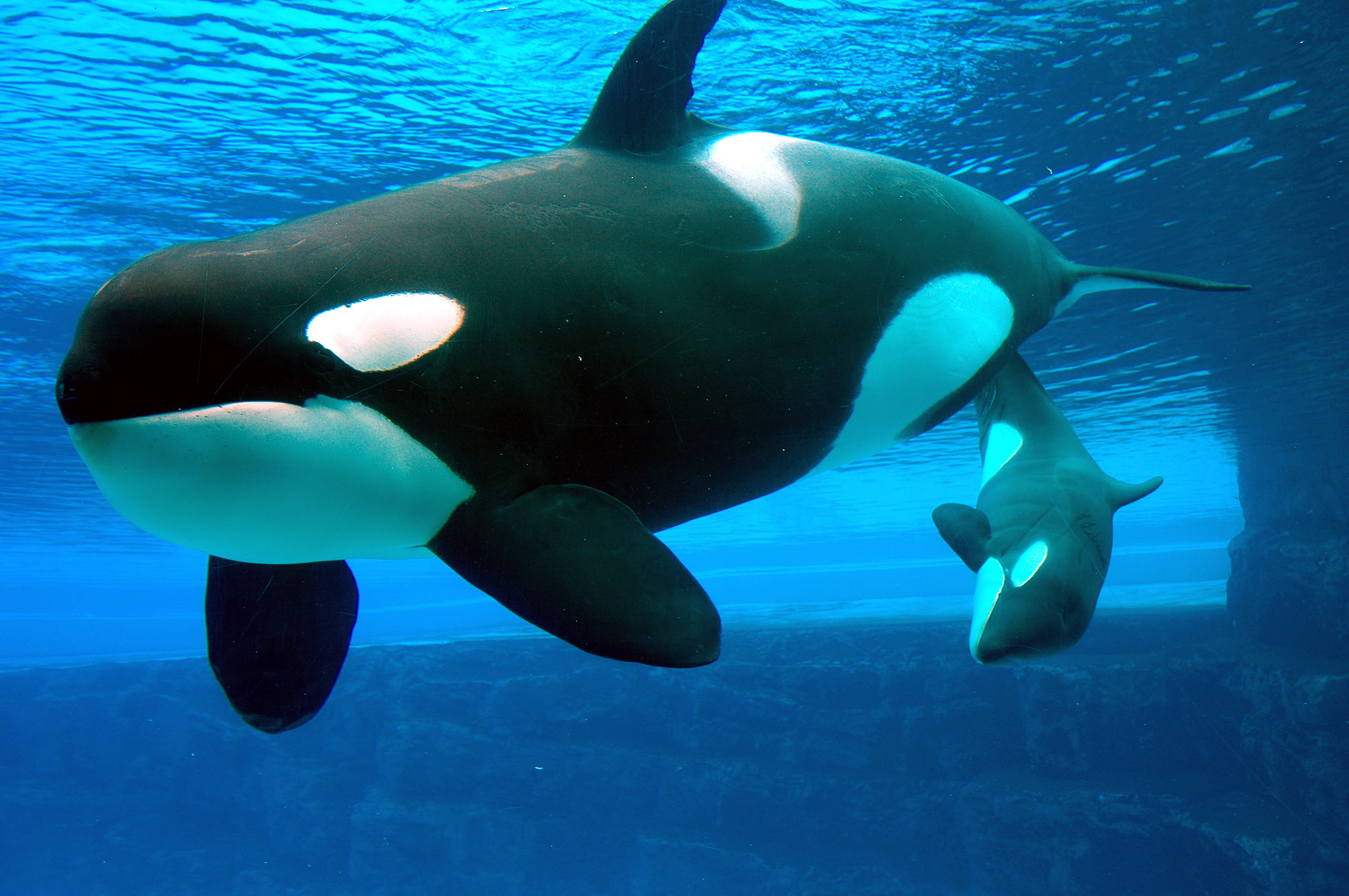
The coastal town of Halewick had seen its share of maritime drama, but nothing prepared locals for the shocking events that unfolded on a calm Saturday afternoon. Tourists had flocked to the pier to watch the migrating humpback whales that often passed through the bay this time of year, their massive tails breaking the surface like a slow, ancient heartbeat. Among them was thirty-two-year-old Jessica Radcliffe, an experienced diver who had been in and out of these waters for years. She had signed up for what was meant to be a routine observation dive, part of a small research group collecting photographic data on the whales. No one could have predicted that within an hour, she would vanish beneath the waves in an encounter so sudden and violent that seasoned seafarers still struggle to describe it without shuddering.
According to multiple witnesses on the research vessel, the moment before disaster struck was deceptively peaceful. The water shimmered in the midday sun, and the air carried that faint salty tang familiar to anyone who’s spent time on the open sea. Jessica, wearing a bright orange wetsuit for visibility, had just surfaced after her second descent, laughing with another diver about a pod of dolphins they had spotted earlier. Cameras were rolling, capturing her relaxed demeanor and the gentle swell of the water. Then, from the starboard side, a humpback whale emerged—enormous, majestic, and apparently curious. It rolled slowly onto its side, one massive eye clearly visible just above the surface. “It was like it was looking right at her,” one crew member recalled. “Not in an aggressive way at first—more like it was trying to figure her out.”

But what happened next shattered that calm. The whale, after holding its position for a few moments, dove suddenly, creating a large swell that rocked the boat. In the seconds that followed, Jessica appeared to lose her balance in the water. Witnesses say her fins flashed briefly before a massive surge pulled her downward. At least three people shouted that they saw the whale’s pectoral fin sweep past her as she disappeared. One diver nearby attempted to grab her arm but was caught in the turbulence and pushed back. The crew initiated emergency retrieval protocols, tossing flotation devices and signaling for all divers to resurface immediately. By the time the area cleared, Jessica was gone, leaving only a patch of disturbed, foaming water and the stunned silence of those who had just watched the unthinkable.
Marine behavior experts have since been called in to analyze the footage and interview every eyewitness in detail. While attacks by humpback whales on humans are exceedingly rare, specialists note that unpredictable behavior can occur under certain conditions. Some speculate that the whale might have been agitated by a nearby fishing trawler that had been operating earlier in the day, producing a low-frequency rumble that can irritate marine mammals. Others suggest the whale may have been protecting a calf, interpreting Jessica’s presence in the water as a potential threat. Still others point to the possibility of a “mugging” incident, a term used when whales deliberately block or interfere with boats or divers, often driven by curiosity but with the unintended consequence of placing humans in danger.

One of the more chilling details came from a diver positioned about five meters from Jessica when the incident occurred. He reported hearing a deep, resonant sound underwater moments before the whale’s sudden dive—a vocalization that felt more like a vibration through the chest than an audible note. Marine biologists reviewing audio recordings from the dive confirmed the presence of a low-frequency moan, a sound sometimes associated with warning or territorial displays. If the whale had been issuing a signal to stay away, it might mean Jessica was already in a zone the animal considered too close for comfort. This has led investigators to question whether better pre-dive guidelines or real-time whale-tracking equipment might have prevented the tragedy.
Search operations continued for three days after Jessica’s disappearance, involving local coast guard units, volunteer divers, and aerial drones scanning the waters. Unfortunately, strong currents and shifting weather conditions hampered recovery efforts. On the fourth day, the search was officially suspended, with officials acknowledging the likelihood that Jessica’s body had been carried far out to sea. The incident has sparked heated debates about the safety of close-encounter wildlife tours, with advocates calling for stricter regulations and mandatory safety briefings that include specific information on whale behavior. Friends and family have since established a memorial fund in her name, dedicated to marine research and safety education, hoping to turn loss into a legacy that protects others.

For now, the question of what exactly triggered the whale’s sudden change in behavior remains unanswered. The sea keeps its secrets well, and while experts can piece together likely scenarios, the exact chain of events may never be known. What is certain is that those who witnessed the incident will carry its memory for the rest of their lives—the stillness of the moment before, the sudden churn of the ocean, and the haunting realization that even in the most tranquil conditions, nature can unleash a force both beautiful and deadly. Jessica Radcliffe had spent her life respecting and studying the ocean, and in her final moments, she became part of a story that underscores both the wonder and the unpredictability of the wild world beneath the waves.